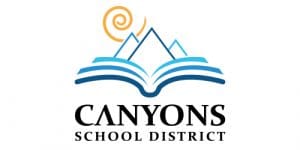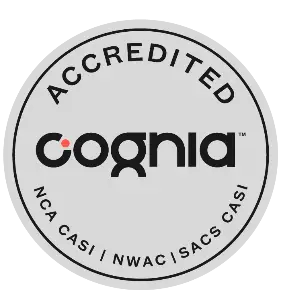With better insulating materials and sustainable building products, today’s schools are more energy efficient than those built 50, or even 20, years ago, which translates to lower energy bills and an immediate cost savings for taxpayers.
As schools and school districts grow larger, however, to meet demands of growing student populations, those energy gains can be quickly wiped out. Yet Canyons District has managed to reduce its carbon footprint by 39 percent over the past eight years even with the addition of 1 million square feet of new construction.
Since Canyons’ inception, the District has worked to address the life safety and technological deficiencies of the aging stock of buildings it received from a previous school district while also planning for growth. Among 13 major school improvement projects financed with proceeds from a bond approved by voters in 2010 were the construction of the first high school and middle school in Draper.
Yet, even with these new buildings and the added burden of having to power modern teaching tools, CSD’s conservation efforts have reduced carbon emissions by 39 percent since 2009. That’s the equivalent of taking 1,473 cars off the road per year, says Chris Eppler, CSD’s Energy Conservation Specialist.
The energy savings is partially due to a push to place mechanical systems in unoccupied mode when schools aren’t being used, while the rest is tied to heating, cooling and lighting upgrades, Eppler says. “It really comes down to doing things right. If you repair, build and operate schools correctly with an attention to quality, you will reduce energy consumption while keeping classrooms more comfortable.”
For his environmental stewardship, Eppler has received numerous awards, including being named an Energy Pioneer by Utah Gov. Gary Herbert. His conservation efforts have not only saved money but have resulted in better learning environments for thousands of children.
Among other steps CSD has taken over the years to cultivate healthy schools:
WATER USAGE: Canyons is doing its part to curb water usage; the district has about 370 acres of turf to maintain. With a $15,000 grant from the Central Utah Water Conservancy District, CSD hired and trained students to help survey, monitor and adjust school water schedules based on the root zone, type of grass, shade, soil type and evaporation rate. In July 2014, the district used 16.5 million gallons less than in July 2012 and 9.5 million gallons less than in July 2013.
RADON TESTING: The District was recently honored by the Utah Division of Environmental Quality for its radon-testing program. CSD is the only district in Utah that regularly tests schools for radon with all buildings tested at least every two years.
NO IDLING: On Earth Day, 2016 Canyons became the first school district in Utah to go idle free at all of its campuses. The campaign kicked off early in the morning at Ridgecrest elementary school where no-idling signs were installed and students greeted drivers with placards, informational pamphlets and window clings to place in vehicles. Eventually, signs were placed at all Canyons schools and no-idling pledges were sent home with students, encouraging parents to voluntarily pledge to “turn their key and be idle free.”
{source}
<!– You can place html anywhere within the source tags –>
<iframe width=”560″ height=”315″ src=”https://www.youtube.com/embed/yo1U1HhyHTs” frameborder=”0″ allowfullscreen></iframe>
{/source}



